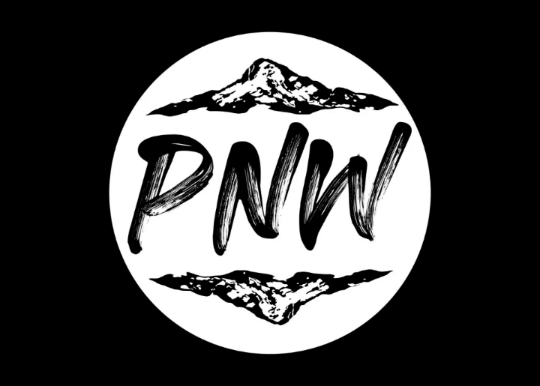Before the first shovel of dirt, you need facts about the land. A site survey gives you those facts. It maps what you own, what is near you, and what sits above and below the ground. Guessing here leads to mistakes; surveying turns risk into a clear plan.
Know Your Boundaries
A survey shows the exact property lines and any areas where you cannot build. That helps you place the building, fences, and drives without crossing onto a neighbor’s land or breaking local rules.
Read the Land
The survey maps slopes, low spots, and high points. With this, you can plan how rain will flow, where to set drains, and how to avoid pooling water. Good grading keeps basements dry and pavements stable.
Find What’s Below
Underground lines, such as water, gas, electricity, and fiber, must be accurately located. Striking a line is dangerous and costly. A survey, combined with calling 811 before you dig, helps keep crews safe and the job on track.
Test the Soil
Soil is not the same everywhere. Some soils hold a building well; others swell, shrink, or settle. A soil test tells you what foundation you need and if the soil needs to be improved before you build.
Plan Access and Setup
Big trucks, cranes, and staging areas need space. A good survey helps plan safe entry points, determine where to store materials, and ensure roads remain clear for neighbors.
How a Civil Contractor Uses the Survey?
A civil contractor turns survey data into action. They adjust cut and fill operations to minimize hauling costs, establish stormwater management paths, protect the trees you want to keep, and design erosion controls to prevent soil from leaving the site. They also fold survey notes into permits, maintaining smooth reviews.
A site survey is the map that prevents surprises. It guides design, protects people, and saves money. Partner with us as we lead with quality and your project will pay you back every day it stands.

